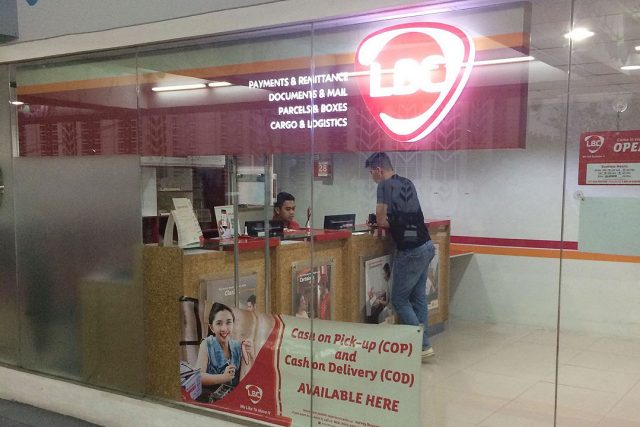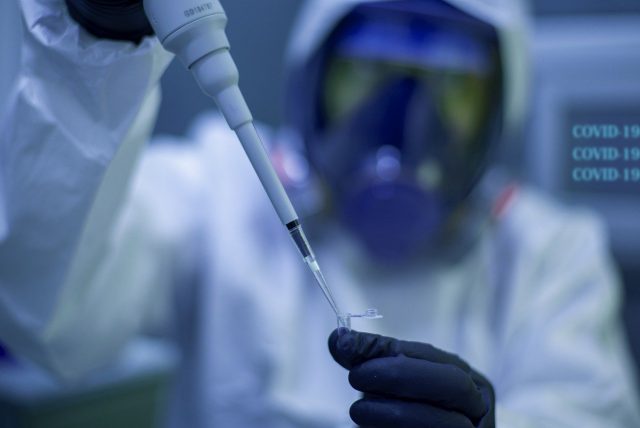CLASSIC chocolate chip cookies, sugar cookies with Christmas-themed icing, red velvet crinkles, and jam-filled cookies will fill households’ screens as Repertory Philippines returns with its first REP Theatre for Young Audiences (RTYA) production this holiday season. The Great Christmas Cookie Bake Off! musical will stream exclusively on Broadway On Demand on Nov. 12 to Dec. 12.
Prior to the lockdown last year, Rep was in the middle of its 2020 Season and still had Carousel and Snow White and the Prince in the lineup of shows. When theater company started planning for a comeback show, Artistic Director Liesl Batucan said that the team decided to save those shows for when live performances are allowed.
“[RTYA Creative Director Joy Virata] wanted to save that for live when all the kids could come back, and she decided to do something fresh and innovative and something that would put us on a global platform with Broadway On Demand,” Ms. Batucan said during an online press conference on Nov. 4.
Ms. Virata learned about the musical while exploring theatrical productions available online over the past year. She found the original musical on Broadway On Demand.
“I’m so absolutely non-techie,” Ms. Virata admitted. “But I learned about streaming… So, I did go online, and I found The Great Christmas Cookie Bake Off.”
“I liked it because the music was so great. And it was funny. It was about Christmas cooking and baking, and then all these nice feelings. So, I thought that would be just right. So, I shot it over to Mindy and Leisl who approved it.”
Rep President and CEO Mindy Perez-Rubio and Ms. Batucan then got in touch with the international streaming platform about the possibility of a partnership.
“This production has Rep becoming the first Philippine theater company to field a show for streaming on an international platform. We hope that this heralds the strong and solid comeback of Rep and theater in the country,” Ms. Perez-Rubio said.
THE COMPETITION AND COOKIE CHEFS
The Great Christmas Cookie Bake Off! follows eight young cookie chefs who have been selected from all over the country to compete at the Cookie Coliseum. The competition brings out intense rivalry and the play’s themes tackle family, charity, and forgiveness.
“I wrote the show just about a year ago when I felt like we needed a little bit of joy in our lives,” Broadway musical director Rick Hip-Flores said in a video. “I figured that the combination of Christmas and cookies and baking competitions and musical theater would be the perfect recipe for a truly joyful theatrical experience.”
The Rep production stars Becca Coates as Patty Mañosa, a sensitive soul who longs for her Grandma’s cookies; Tim Pavino as Javi Carreon, a video game buff who feels out of place in the kitchen; Jep Go as Gabe Gomez, a bully who is more than happy to bend the rules; Jillian Ita-as as the overachiever Anna Santos; Luigi Quesada plays culinary artiste Julian Zamora; Justine Narciso is Disney fan Amy Garcia; Steven Hotchkiss is science enthusiast Josh Bernardo; and Rachel Coates is social media fanatic Samantha Lopez.
Joining the cast are REP are Carla Guevara-Laforteza who is playing three roles in the show — the stylish Isabel Guevara; Anna’s helicopter mom; and Patty’s loving Grandma. Arnel Carrion has double roles as food industry mean guy Michael Holmes, and as Gabe’s dad, a bigwig TV executive who pushes his son to win at all cost. Jaime Wilson plays pop singer and celebrity guest judge Del Ray who has never baked; while Hans Eckstein completes the cast as Larry, the faithful host and announcer of the competition.
COOKING IT UP WITH TRIALS
The cast rehearsed via Zoom prior to a four-day shoot of the musical.
“All I can see were their faces,” Ms. Virata, who directed the play, said on the challenge of rehearsals over Zoom. “I had to imagine the blocking. The set made by Ed Lacson, I had in front of me, and I just imagined where they should go. I called it script blocking.
“The other thing that was difficult was the cooking. You can’t rehearse cooking with the ingredients and different baking utensils. They don’t really do it. but they had to look real,” she added.
Actor Tim Pavino, expressed his gratitude for the opportunity to return to performing after nearly two years.
“We were just standing or sitting or laying down on the stage, and we were just absorbing this space, even without an audience. We were just realizing how blessed we were and still are as performers,” said Mr. Pavino, whose most recent production with Rep was in the lead role of the musical Miong.
“We are thankful to Rep for giving us the opportunity to give our gifts back to the audiences that are waiting for this spiritual awakening in theater,” he added.
In the production team are set designer Ed Lacson, lighting designer John Batalla, costume designer Bonsai Cielo, and choreographer Deana Aquino. Multi-awarded director Treb Monteras leads the video production which was managed by Silver Media.
CONTINUING ARTS APPRECIATION FOR THE YOUNG
Despite not having a live audience of children, the mission of inculcating and instilling love for arts in children continues.
“Unfortunately, because of the situation, we cannot be doing busloads of kids like we used to at Onstage (Theater). However, we do have our network of sellers that are even now reaching out to their school contacts to watch us from the safety of their homes,” Ms. Batucan said.
“Safety protocols added to our cost but priority is safety. Theater is also, aside from being a creative endeavor, it’s also a business endeavor. So, we have to balance a lot of these,” she added. — Michelle Anne P. Soliman
The Great Christmas Cookie Bake Off! runs from Nov. 12 to Dec. 12 on Broadway On Demand. Ticket prices are P700 (24-hour access) and P1,000 (48-hour access). Broadway On Demand can be accessed via computer or mobile device through a web browser (Google Chrome is recommended for optimal streaming) or via tablet or smartphone through the Broadway On Demand app on the App Store and Google Play. It is also available on AppleTV and Roku. Book tickets through Broadway On Demand, TicketWorld, or Ticket2Me, or via the REP Box Office by calling 0966-905-4013. For updates, visit www.repertoryphilippines.ph. Educators and school representatives who are interested in the show can e-mail sales@repphil.org.












